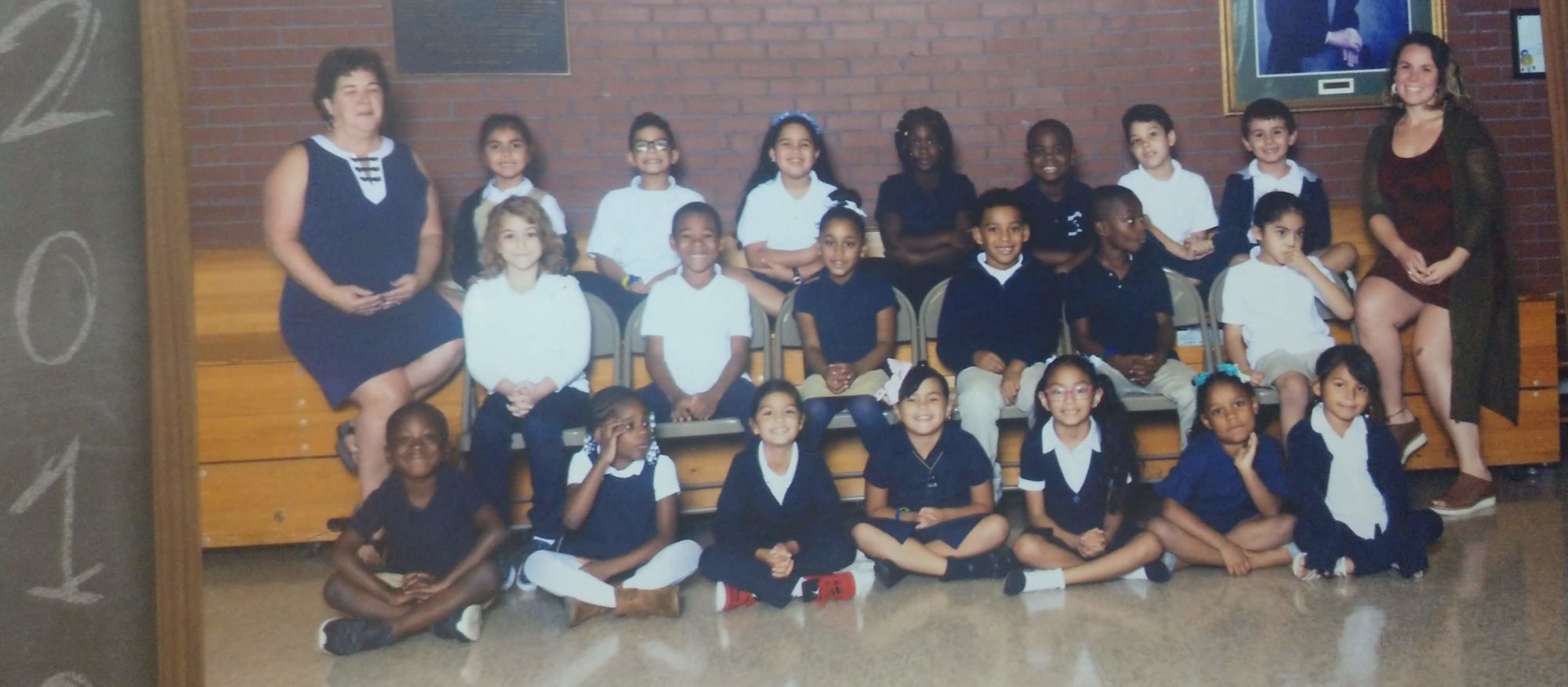- From 2003 standards:
- Define and give examples of some of the rights and responsibilities that students and citizens have in the school (e.g. students have the right to vote in a class election and have the responsibility to follow school rules.)
- Our essential question of “what makes someone a good citizen?” include identifying the responsibilities we have as members of certain communities. Although we do not delve into rights as much in this unit, students will learn through lessons 3 and 4 the types of responsibilities we have as members of certain communities (especially the classroom community).
- Give examples of fictional characters or real people in the school or community who were good leaders and good citizens, and explain the qualities that made them admirable (e.g. honesty, dependability, modesty, trustworthiness, courage).
- Our lessons pull a lot from the actions and beliefs of commendable citizens, namely the 6 people I have in my first lesson gallery walk (Alexandria Ocasio-Cortez, Mama Tingó, 3 famous scientists from Ghana, Mother Teresa, Anna Lee Rain Yellowhammer, and Katherine Johnson), Harriet Tubman, and Jenny Villegas-Garcia (immigrant rights organizer from LA). We do not look at fictional characters in this unit (mostly because I think focusing on the actions that real people do will be more impactful, and there is not enough time to look at fictional characters with such an emphasis on real people).
- From 2018 Standards (The content for Civics and Government in the 2018 standards are way different. There is much more of a focus on the physical geography and characteristics of a country, so the standards from this edition that I am pulling are more of ways of knowing standards as opposed to content standards).
-
-
- Ask and answer questions to determine the meaning of words in a text about history/social studies.
- This is something we constantly practice in second grade when doing read-alouds especially, but the skill will be practiced mostly in 2 lessons in this case – when we read the biographies of the 6 people represented in the gallery walk and when we read the biography of Harriet Tubman. Questions to clarify the definition of a word or a concept will certainly come up.
- Participate in collaborative discussions with peers and adults in small and larger groups in history/social science topics. (Follow agreed upon rules for discussion; Build on other’s talk in conversations by responding to comments through multiple exchanges; Ask questions to clear up confusion about the topics and texts under discussion).
- Every time we review a lesson the time before students will be practicing these skills of listening and responding. Especially during lesson 4 when we create community agreements of things we’re committed to as citizens, students will be using their listening and responding skills with respect and kindness.
- Ask and answer questions about what a speaker says to clarify information.
- When we interview with Jenny Villegas- Garcia, students listen and respond with questions.
- Describe people, places, and things related to history/social studies; speak clearly at an understandable pace and use appropriate vocabulary.
- As we learn more about people’s actions and use certain words to describe them (e.g. Alexandria Ocasio-Cortez was brave), students will start to refer back to these actions and people as they see them come up in their own lives.
